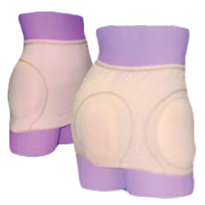The trochanteric area is the most vulnerable to fracture. It lies at the very top of the thigh bone in close proximity to the pelvic joint.
The trochanter feels like a small bony elevation on the side of the hip. This ball will notably move, when the knee is slightly raised. Most people can locate their trochanter by placing the fingers on the side of the hip whilst standing and slightly raising their knee.
The trochanter should not be confused with the pelvic bone that is located higher and further towards the front of the body and does not move on raising the knee. Hip fractures are usually treated with orthopedic surgery (surgery that corrects problems of muscles, bones, and/or joints). Sometimes damaged parts of bones or joints are replaced with artificial components.
How are hip fractures caused and how are they treated?
Hip fractures are most commonly sustained during a fall. Falls and hip fractures have serious implications on an elderly persons' life as the consequences can be very severe. There is a high degree of morbidity and mortality, pain and hardship.
The majority of people suffering hip fracture never regain their previous mobility and permanently lose their independence. The costs to the health services and social care systems are extremely high. Preventing hip fractures is, therefore, of the utmost importance.
Hip fractures are a major public health problem. In the U.S. alone the cost of hip fracture is approximately $7 billion annually, and hip fracture is the second most common cause of admission to nursing homes, accounting for some 60,000 admissions each year.
Osteoporosis in the elderly contributes to most of these fractures. Many elderly patients who break a hip face a broad array of problems that transcend the treatment of the injury itself. In many cases, an elderly person's independent existence is impacted by a fall that causes a hip fracture, an event that can forever lessen the patient's level of function.
Medical treatment for hip fracture can lead to complications in older people depending on their health status. Rehabilitation from hip surgery often is prolonged and discouraging to aged patients anxious to return to their homes.
Confusion and agitation result from depression, a condition often experienced by the elderly when they have been removed from familiar surroundings and brought to the hospital environment.
This injury may be complicated by the failure to regain the ability to walk, sores resulting from persistent pressure on the skin during confinement to bed, pneumonia, confusion and dementia (decreased intellectual functioning). Osteoporosis in the elderly contributes to most of these fractures.
Can hip fractures be prevented?
YES! - hip fractures are preventable!
Hip injuries, resulting from falls, are the leading cause of injury death and the main cause of nonfatal injuries that limit independent living among people 65 years and older. While medications, such as sedatives and anti-anxiety drugs often increase the risk of falls and fall-related injuries, poor vision, and just difficulty in moving from place to place put the elderly at risk of a fall that results in a fatal or debilitating hip injury or hip fracture.
Seniors often develop a fear of falling, causing them to limit activities and leading to reduced mobility. Scientifically proven to reduce hip fractures and traumatic hip injuries, HipSaver products restore confidence of motion to the elderly, both preserving physical health and increasing senior mobility. Worldwide, study after study proves that hip protection is an effective prevention of hip injury due to falls.
However, recent studies indicate that soft hip protectors, such as HipSavers all-soft AirPad Technology in HipSaver products, are a superior replacement to hard-shell hip protectors.
HipSaver preserves mobility for all levels of senior activity. Studies show that the effectiveness of any hip protector relies on the compliance of the user. Designed with the user in mind HipSaver products are incredibly soft and comfortable to wear, whilst offering the most effective superior protection.
HipSavers are available in a variety of designs to suit all types of wearers needs, ranging from the elderly in nursing home settings to those for seniors who daily participate in exercise programs and even robust activities such as jogging.
Whether you need hip protection for your personal use, or for your loved ones, or you are seeking hip protection for your Group Home, Nursing Home, or other Institution, we suggest you use the HealthSaver web site - www.healthsaver.com.au to research the facts on hip injuries and prevention, then browse the different HipSaver styles available to find the right HipSaver product for your needs.


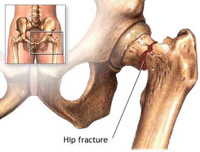
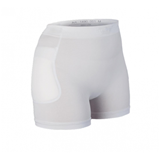








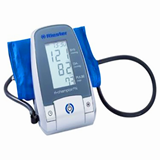


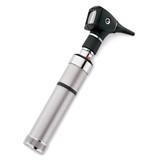


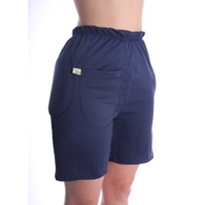
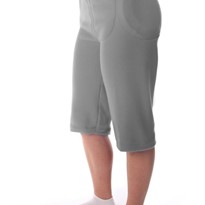
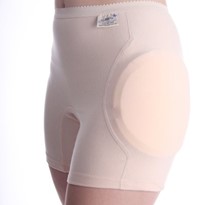
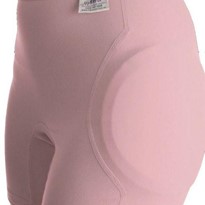
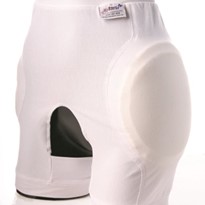
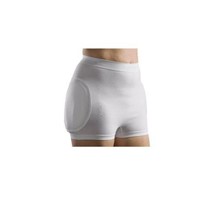

-205x205.jpg)


